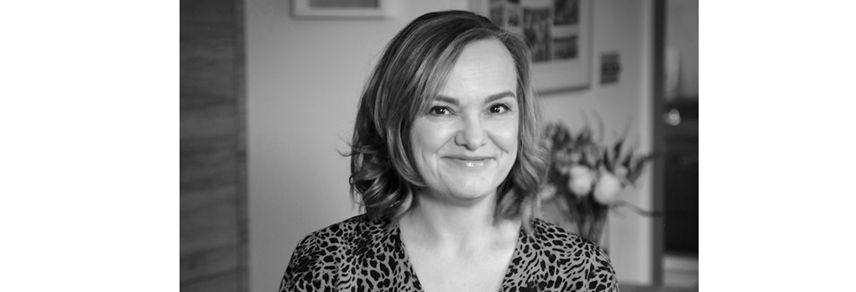
OPINION: HOW CAN YOU PREPARE FOR THE DEEPFAKE FUTURE?
Gay Flashman discusses what the sophisticated nature of fake audio and video means for a communications strategy
Imagine seeing a video from the boss of an energy company admitting it’s poisoning the environment, or opening a soundbite from a banking CEO confessing to embezzling millions of pounds.
In reality, these companies have not made the statements, even though you can see or hear their senior people saying them.
Welcome to the world of sophisticated deep fakes; manipulated video or audio that use machine-learning to appear realistic and allow fakers to morph one face or voice into another, creating the impression that someone has said something they haven’t.
In 2020, this isn’t the fantasy of a Hollywood director, it’s a real threat that faces every business and the impact on a company’s reputation of such messages would be instant, regardless of their authenticity.
Deepfakes have become a part of everyday life. They can even have a fun, positive side: many of us have experimented with “face-swapping” apps or programmes that put you in the centre of a movie, while speech-synthesis software is being used to give motor-neurone patients their voices back.
As the technology that facilitates these applications becomes more sophisticated, there’s a growing awareness of the potential for fraud. Celebrities and politicians have already found themselves in the firing line and it’s only a matter of time before there’s a high-profile corporate casualty.
How can you protect your brand from the reputational risks? The first step is to be proactive, and the second is to be prepared.
It's crucial that companies take swift action to understand the threats and manage the potential risks. Facebook’s CEO Mark Zuckerberg – himself the subject of a widely shared deep fake video last year – has pledged to remove deepfakes from the platform. But it can be a challenge to prompt swift and meaningful responses from multiple platforms.
Keeping control of your content will put you on a firm footing. It’s never been more important to own and host your own. With studies showing people lack trust in social media, allowing third-party platforms to handle and host your insights leaves you open to exploitation and means you’re not fully able to control your response.
Once you’ve created a content hub, you should maintain a consistent flow of news stories that cultivate loyalty among your audiences, allowing them to get to know you. A clear voice and a strong corporate identity will make your stakeholders more likely to question things that don’t chime with what they’ve already heard.
Regular engagement also puts you in a better position to respond to fake content that mentions your brand. Reactions to fraudulent video or audio can be more quickly disseminated if you’ve already got a direct channel to your key stakeholders.
Similarly, you can harness those stakeholders, including staff and engaged customers, in the battle against the fakes. Employees can advocate for your brand and become a trusted and reliable source of information on it. Cultivating this environment takes time: talking about the issues, what’s at stake and stimulating discussions with your communities will pay dividends in the event of a crisis.
Internally, preparation is paramount. The technology used to doctor video and audio files is evolving every day. It’s essential to keep on top of the latest developments. The same technology that underpins deepfakes could also be harnessed to root them out, while blockchain may offer a way to store tamperproof footage or embed watermarks in genuine video and audio files.
In preparing for the worst, every company should have processes in place that go beyond the communications department. Confusion gives rise to chaos in any situation and a joined-up response will yield the best results.
Deepfakes are here to stay, with their power and reach growing every day. Deepening your understanding of the phenomenon, being proactive with your stakeholder groups, and getting ready to adapt your strategies, will leave you well prepared to prevent their impact from spiralling out of control.
Gay Flashman is the founder and chief executive of Formative Content



